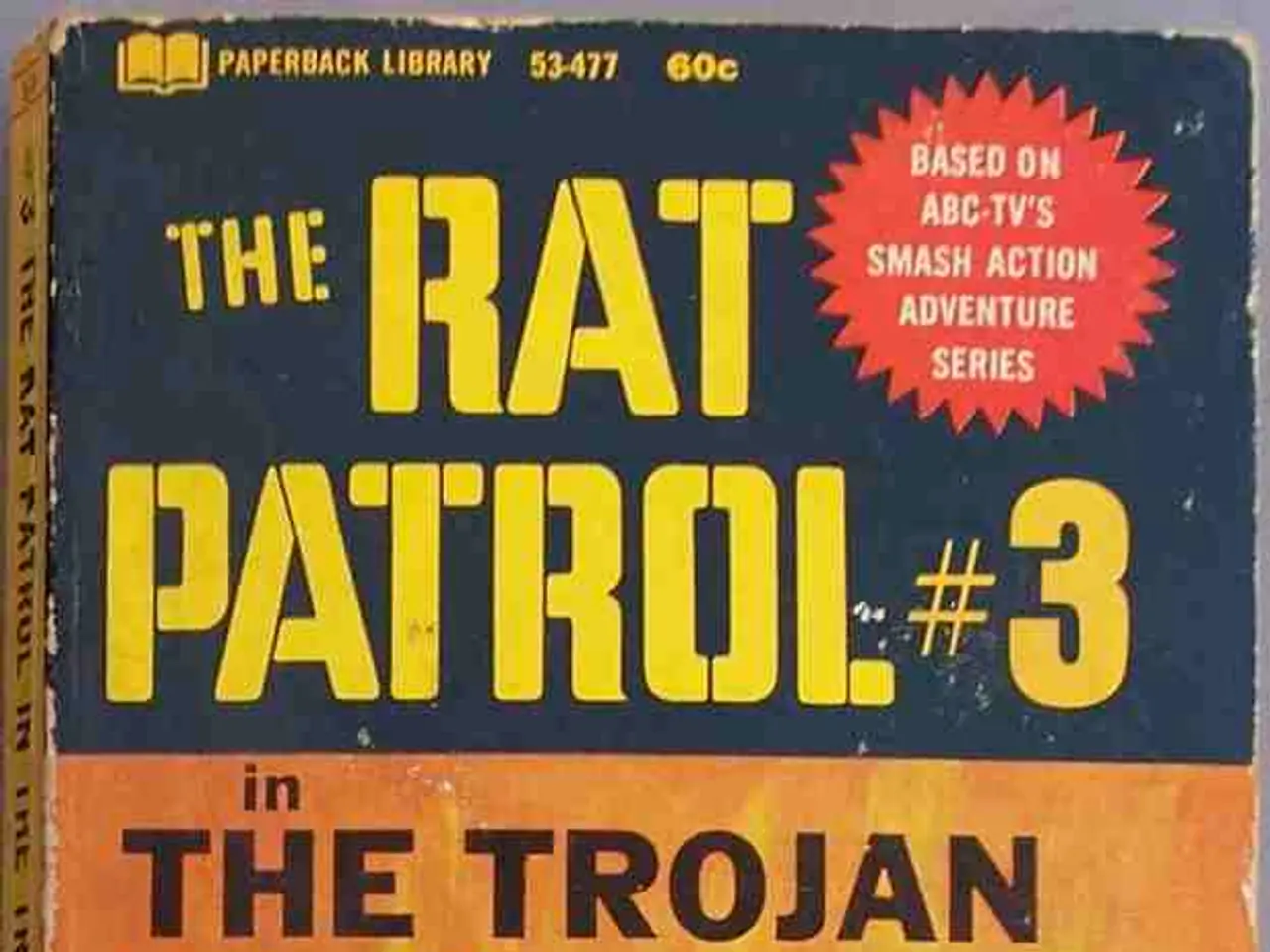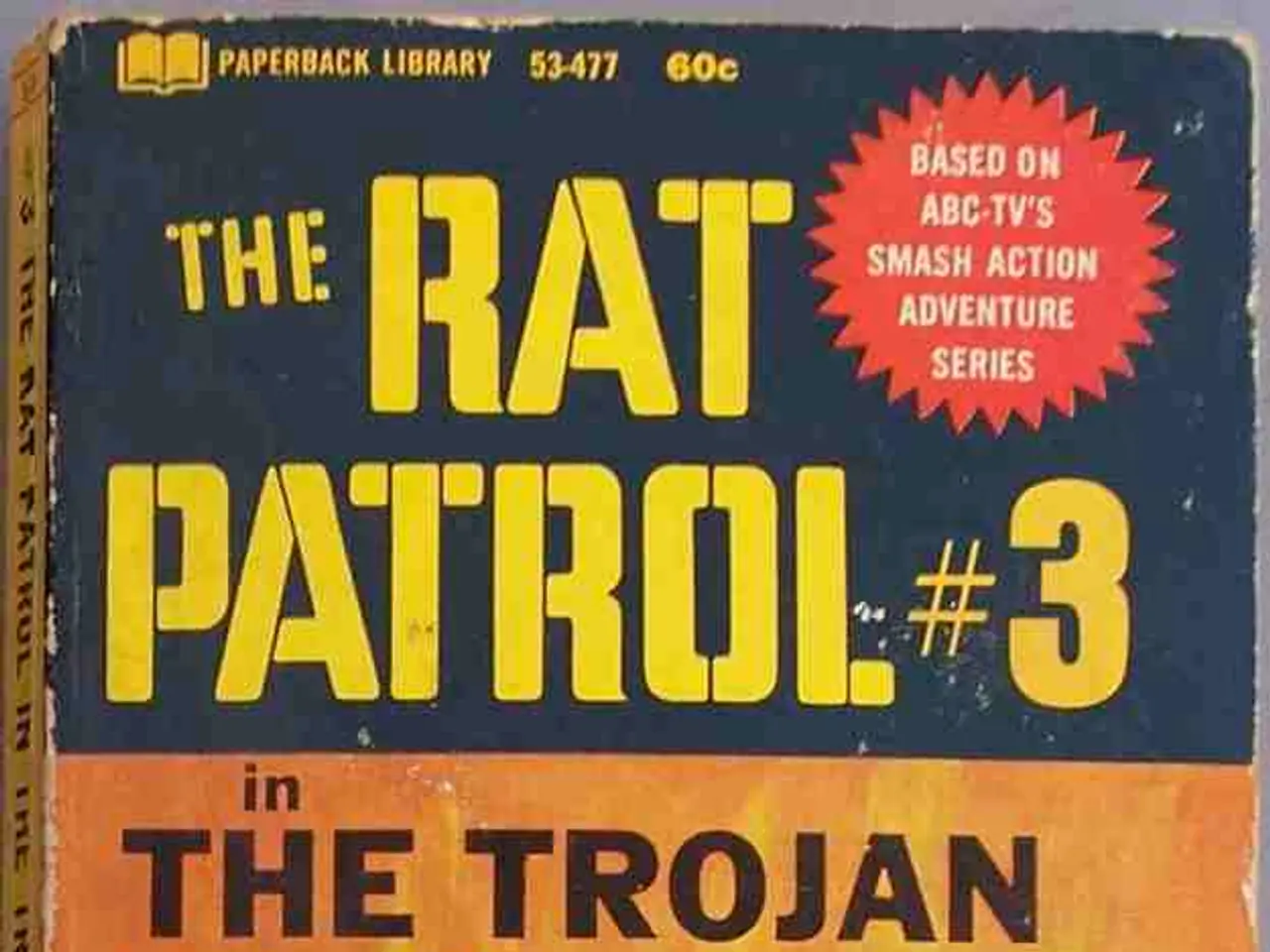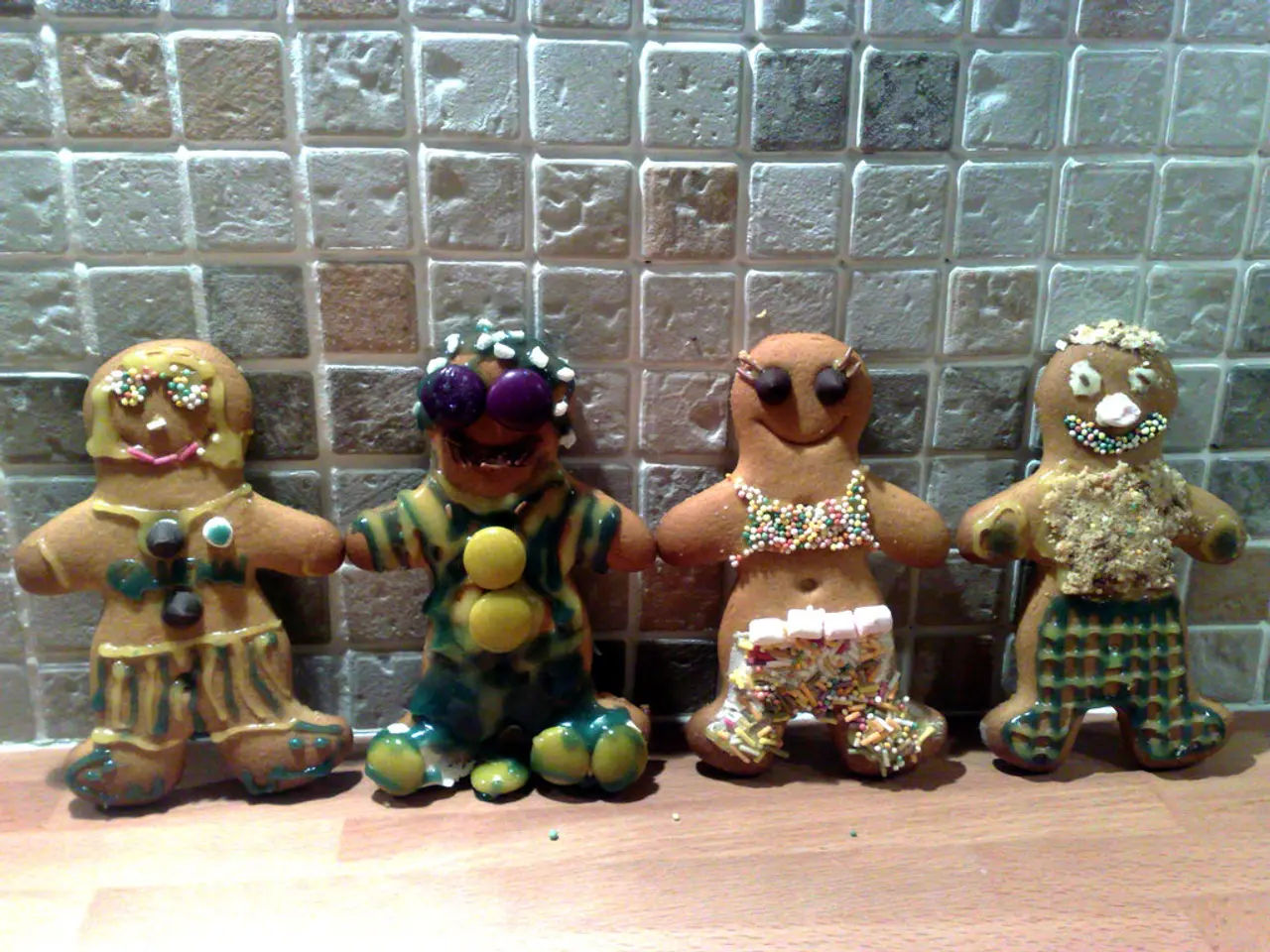NBA Championship Ring: Emblem of Basketball Triumph and Achievement
In the cutthroat world of basketball, few accolades are more coveted than the NBA Championship ring. These outrageously decadent pieces of bling mark the peak of a player's career, symbolizing all the blood, sweat, and tears they've spilled on the court. So, what's the deal with these ridiculously opulent jewels? Well, buckle up, kid – we're diving headfirst into the shimmering world of NBA championship rings.
What's This NBA Championship Ring Thing All About?
An NBA Championship ring is the pièce de résistance a basketball player receives after their team takes down the NBA Finals. It ain't just a fancy trinket; it's a badge of honor, a testament to athletic greatness, and a tangible reminder of their indelible place in basketball history. Check it out:
- These rings don't just belong to the players - coaches, staff, and other essential team members get their own, too. Each one serves as a permanent memento they can keep forever, unlike those boring ol' trophies that stay with the organization.
- The tradition originated in 1947 when the Philly Warriors got the first one, featuring no-frills gold bands with teeny diamonds. Simple compared to the over-the-top designs we see today.
- Every ring is unique, with each team choosing themes, symbols, and details that encapsulate their championship journey. It's like wearing a miniature memoir on your finger.
- They often present the rings at a special ceremony during the team's first home game of the following season, blending the past with the future.
These rings have become the standard for winning championships, with fans often talking about "counting the rings" to gauge players' careers or compare teams. It's like the ultimate scorecard in basketball conversations.
NBA Championship Ring History: From Humble Beginnings to Glitzy Showstoppers
As basketball gained popularity, the rings evolved just like the league itself. From cheap wedding band imitations to tech-powered artistry, the transformation has been nothing short of jaw-dropping.
- In the late '40s and '50s, rings were simple, plain affairs, reminiscent of wedding bands - a far cry from the elaborate creations we see today and a long way from the Boston Celtics dynasty rings, which featured basic gold bands accentuated by modest team logos and meager gemstones.
- As the '80s rolled in and basketball exploded in popularity, the rings grew substantially in size and complexity. The LA Lakers and Chicago Bulls, in particular, led the trend toward more ostentatious designs, boasting increased diamond counts and fancier team logos.
- Fast forward to the 2000s, and rings became downright oversized and hyper-personalized. Teams started incorporating specific season details, like the regular season wins, playoff achievements, and team slogans that defined their championship runs.
- Modern manufacturing techniques revolutionized ring design around 2015, with 3D printing technology allowing nuanced design elements that were impossible before (thanks, technology!). Current rings are loaded with futuristic innovations, like the Toronto Raptors' 2019 ring featuring a whopping 650 diamonds and a colossal 6.9mm center stone, the Milwaukee Bucks' 2021 ring with a QR code displaying championship highlights when scanned, and the Denver Nuggets' 2023 ring featuring a detachable inner ring and gemstones that change color.
These evolutionary strides reflect the NBA's own growth from a niche sport to a multibillion-dollar empire. In every championship ring, you'll find a miniature time capsule showcasing the teams that won and the ever-evolving way they celebrate those victories.
The Ring Factory: Craftsmanship, Creativity, and Conspiring to Make Ineffable Jewelry
Creating a NBA Championship ring is an intricate, multi-step process requiring a sickening amount of skill, innovation, and collaboration.
- The competition begins right after the Finals, with Jewelry companies like Jason of Beverly Hills, Jostens, and Baron Championship Rings going head-to-head with elaborate pitch presentations to secure the design contract from team owners, executives, and player reps.
- Designers come up with "storyboards" outlining key moments from the championship season - quotes, stats, milestones, and team-defining achievements that shouldn't be left out in the design. They show off multiple concepts with 3D modeling software, allowing teams to visualize various ideas before deciding on the final design (those pesky artists, always sticking to their artistic garbage like 3D models and shit).
- Modern Championship rings typically contain between 30-50 grams of precious metals, mainly 10-18 karat gold, sometimes peculiar custom alloys or specific formulations evoking team identity.
- Diamonds and gemstones take center stage in the setting process. Skilled craftspeople, eyeballing their work under microscopes, place each rock with painstaking care, resulting in some rings featuring hundreds of individual diamonds totaling between 5-16 carats.
- Personalization is crucial in the final stages, with each ring customized for its recipient – players' rings include their names, jersey numbers, and sometimes personal stats, while coaches and staff members get customized variations that may differ in size or gemstone count.
The entire operation must be completed in around four months to ensure that rings are ready for presentation at the opening game of the following season. It's a delicate dance of creativity, precision manufacturing, and personal touch that culminates in each championship ring becoming a one-of-a-kind masterpiece (not counting the other being identical because they're all based on the same design).
The Art Behind the Bling: Design Details That Make These Bad Boys Special
NBA Championship rings are brimming with meaningful design choices that, somehow, transform trifling jewels into symbolic capsules of basketball history.
- The team logo usually takes center stage and typically kicks it up a notch regarding metals and gemstones, stealing the spotlight from anything else on the ring and making the ring instantly recognizable (like, even non-basketball fans could tell that's a Lakers ring).
- The number of championships each team has won is featured prominently, often distinctly marking whether this is the team's first time or adding to an impressive legacy.
- Player names, jersey numbers, and records join the festivities on the ring's side, personalizing each piece so that every player has a unique piece of Championship jewelry.
- The Larry O'Brien Trophy, awarded to the NBA champions, is a frequent guest on the rings' surface, recreated in gold and diamonds to provide a blood-pumping visual link to the triumphant championship victory.
- Special phrases, team slogans, or rallying cries from the championship season mark the rings, capturing the charged emotions of the championship journey along with the numerical achievements.
- City landmarks might make an appearance to acknowledge the team's hometown, like the Toronto Raptors' 2019 ring featuring the Toronto skyline or the Golden State Warriors' rings incorporating the Golden Gate Bridge (like we never knew Golden State was in San Francisco until NBA Championship rings came along).
These details coalesce to create rings far more than mere bling – these shimmering beauties are wearable narratives that recount the story of a championship season, immortalizing each ring's unique trip to the top of the basketball world.
The Most Memorable NBA Championship Rings: Iconic Designs That Changed the Game
Over the years, certain championship rings have earned legendary status for their innovative designs, historical significance, or sheer extravagance. These jaw-dropping rings set new standards for craftsmanship and creation, reinventing ring design and influencing future creations. Watershed moments in basketball history or groundbreaking design elements have made these rings unforgettable.
- The 2019 Toronto Raptors ring went big on opulence, making every other ring look like a nostalgic throwback. The ring boasted an outrageous 650 diamonds, totaling over 14 carats, featuring the largest single diamond (6.9mm) ever used in a sports ring, and an unprecedented 14-karat gold setting that stood as a testament to the team's surprise Championship run.
- The 2016 Cleveland Cavaliers ring marked the end of the city's 52-year championship drought with a heartfelt tribute to their history of heartbreak (I mean, they did have LeBron James re-sign after leaving them for Miami - what would you call that if not heartbreak?). The ring sported over 400 diamonds and a single gemstone honoring the city's long, rough road to glory.
- The 2020 LA Lakers ring, created during the pandemic, honored the memory of Kobe Bryant through its innovative design: a removable top that revealed an ode to his legacy beneath. Plus, 17 purple amethysts paid homage to the team's 17th Championship.
- The 2008 Boston Celtics ring, a masterpiece of green, showcased the team's strong return to Championship glory (even though it had just been 22 years since their last one - that's like saying you've been sober for three hours). A custom-blended emerald-heavy setting, 92 diamonds, and a massive shamrock solidified the team's new-found dominance.
- The 1998 Chicago Bulls ring brought an over-the-top finish to their second three-peat, featuring a ruby-eyed bull head surrounded by diamonds, encapsulating the championship swagger of Michael Jordan and the '90s Bulls. The less said about that skirt Steve Kerr wore, the better (I don't think anyone's forgot about that shit).
- The 2023 Denver Nuggets ring pushed the boundaries with revolutionary features: a removable inner ring that could be worn separately and a mechanical lever that changed the color of gemstones on the team's logo. It was like the perfect blend of bling and nifty techno-gimmickry (the best of both worlds).
- The 2021 Milwaukee Bucks ring embraced the future with digital integration: a QR code that, when scanned, played Championship highlights (weeeeee!). The ring could also be donned as a pendant, merging timeless craftsmanship with modern tech (someone should invent a smart ring that lets you read texts from it now - sue me).
These iconic rings show just how far Championship jewelry has come – from being simple reminders of victory to historically significant artifacts encapsulating the limits of innovation, design, and technological prowess. Each ring tells a unique story of Championship triumph, shaping the way we remember these pinnacle moments in basketball history.
Who Gets a Ring, Anyway?
The distribution of Championship rings is far-reaching, encompassing a wide range of people that made significant contributions to the team's success.
- All active roster players get rings, including the benchwarmers who might be called into service for a single minute or the injured reserves. Their genuine shadow-work helps build team chemistry and prepares players for the rigors of Championship games (to them, even sitting on the bench can be a critical role).
- The coaching staff, from the head coach on down to the assistant coaches and player development coaches, receives rings to recognize their part in helping players prepare physical and strategically for the long season.
- The front office, executive team, and ownership group also get rings for their work in managing the business aspects of the team, assembling the Championship roster, and providing direction.
- Support staff members, such as athletic trainers, medical personnel, equipment managers, team security personnel, and other behind-the-scenes workers, receive rings to acknowledge their tireless efforts in keeping the organization running smoothly.
- Sometimes, teams create different ring tiers with varying opulence, with supporting staff receiving slightly less lavish versions while still maintaining the core design elements.
- Legends of the franchise, notable team ambassadors, and diehard fans might be thrown a ring when their alleged contributions warrant the honor (or there's some sponsorship money on the line).
- Some organizations have even auctioned off fan rings or contests, allowing the average fan to own replicas in awe of the real thing (but not as shiny).
The wide distribution of Championship rings emphasizes the understanding that achieving a Championship requires contributions from all areas of the organization. By gifting these precious mementos to individuals from all corners of the team, teams highlight the collaborative nature of Championship success and the importance of each role in making the dream team a reality.
The Upper Echelon: The Players With the Most NBA Championship Rings
In the NBA, Championship rings serve as the go-to measure of a player's greatness, with the number of rings they've snagged often determining their place in basketball annals. Let's take a gander at the players who've climbed the highest:
- Bill Russell ruled the Championship throne with 11 rings over his 13-year career, a record that has stood for over a half-century.
- His Boston Celtics teammates Sam Jones and Tom Heinsohn grabbed 10 rings each, while K.C. Jones, John Havlicek, and Satch Sanders each nabbed 8 rings (that sounds like a killer jazz combo).
- Michael Jordan and Scottie Pippen accumulated 6 rings during the Bulls' two three-peats (1991-1993 and 1996-1998), setting the standard for Championship excellence in the modern era.
- Kareem Abdul-Jabbar bagged 6 rings across his career with the Milwaukee Bucks and Los Angeles Lakers, showcasing remarkable longevity at the Championship level (the tagline for his superhero comic book should’ve been “Old Man and the Championship Ring,” but “Jabbar Warrior” was catchier).
- Kobe Bryant and Derek Fisher each earned 5 rings with the Lakers, with Bryant winning three alongside Shaq (quitters never win, Shaq) and two more leading a different outfit (even Kobe realized some people need a lil help to win).
- LeBron James has notched 4 Championship rings with three different franchises (Miami Heat, Cleveland Cavs, LA Lakers), making him one of just four players in NBA history to win Championships with three different teams (join the club, LeBron).
- Stephen Curry, Klay Thompson, and Draymond Green have bagged 4 rings each as the core of the Warriors dynasty, becoming famous faces of modern Championship triumph (and getting Stephen Curry fanboys to shut up).
The distribution of Championship rings over NBA history underscores the importance of finding yourself in the right place at the right time to become a true Champion – having the balls to ball out on the biggest stage and reap the rewards (not letting those opportunities slide by, like Robert Horry, who made a career out of winning rings without playing much in those games).
A Ringworthy Price Tag: How Much Do These Rockin' Rings Cost?
NBA Championship rings represent substantial value – be it their monetary worth or symbolic significance. Here are some financial insights to marvel at:
- Modern Championship rings typically clock in between $30,000 and $150,000 for each piece. Costs vary depending on the design's complexity, materials, size, and the number of gemstones used.
- Team owners pick up the entire tab for the rings, investing a large sum of cash to commemorate their team's Championship victory (I can only imagine the drunken hooker-and-bacchanalia-sprees owners throw with the remaining money).
- Material costs play a significant role, with rings primarily composed of between 30-50 grams of 10-18-karat gold and hundreds of diamonds (up to 16 carats) selected to match team colors.
- Rings appreciate in value over time, especially when associated with legendary players. Kobe Bryant's 2000 Championship ring fetched $927,000 at auction – far surpassing the original cost (I'd settle for a cheaper replica, but I'm cheap).
- Teams often produce different tiers of rings with varying levels of opulence to account for varying expenses: players and coaches receive the flashiest designs, while support staff might get slightly less lavish variations.
- Authentic fan replicas are available for those who want a taste of Championship glory, typically priced between $300 and $5,000, depending on materials and detailing (not sure why they're so damn expensive, but whatever, I'm sure they feel honorable wearing a replica as they imagine themselves in the NBA like Kevin McCallister defending his home from that band of bullies in “Home Alone”).
The hefty price tag of Championship rings speaks to the immense value placed on attaining an NBA Championship – not just in terms of the prize but as a symbol of personal greatness and contributing to the legacy of basketball history. For the players who receive them, these rings are literal priceless mementos, encapsulating their life-long dreams made manifest.
NBA Championship Rings in the Spotlight: Their Impact on Popular Culture
NBA Championship rings have transcended their status as mere sports memorabilia, becoming powerful cultural symbols recognized even by those blessed with an embarrassingly shallow general knowledge of the sport. Here's how those shiny trinkets have wormed their way into popular culture:
- Championship rings have become short, metaphorical shorthand for players' achievements, with “counting the rings” being a standard phrase bandied about when discussing player greatness.
- Ring presentation ceremonies, held at the beginning of the following season, have evolved into major televised events, drawing significant viewership (it's akin to watching an Elvis Presley concert where he only sings, “I really, really, really like youuuuuuu,” for four hours).
- The rings’ cultural significance extends to other sports leagues and levels of competition, with various collegiate programs, international basketball leagues, and high school teams awarding lustrous Championship rings inspired by the NBA tradition (yep, no matter where you play, you'll feel like you've really arrived when you get that Championship ring).
- Championship rings have left ripples in musical genres, with rappers referencing them in lyrics, movies featuring them in coveted scenes, and hip-hop fashion leaning on their aesthetic (apparently, the more diamonds on the chain, the more you've conquered the rap world).
- Championship rings serve as symbols of belonging to an exclusive fraternity of Champions, firmly ingraining players in the pantheon of greatness (once you've won them, let's hope you never have to defend your turf with a squirt gun and a flimsy slingshot like when you were kids).
- Fans' desire for Championship glory can drive major career decisions for players – some are willing to take less money or risk shaky situations to elevate their chances of winning one. The relentless quest for rings is a potent motivator for upper echelon players (I wonder if any of them have seen “The Karate Kid” – hey, an obvious reference is an obvious reference).
The cultural footprint of NBA Championship rings extends far beyond basketball annals, serving as an enduring symbol of excellence that transcends language barriers. Though they lose some of their sparkle as they rest in trophy cases or behind glass, their shine never fully fades, making each Championship ring a timeless testament to the greatest athletes in the game.
- The NBA Championship ring presentation signifies a special moment in NBA history, often taking place during the team's first home game of the following season.
- In recent years, teams have integrated technology into their Championship rings, such as QR codes or mechanical components, showcasing the evolution of ring design and innovation.








